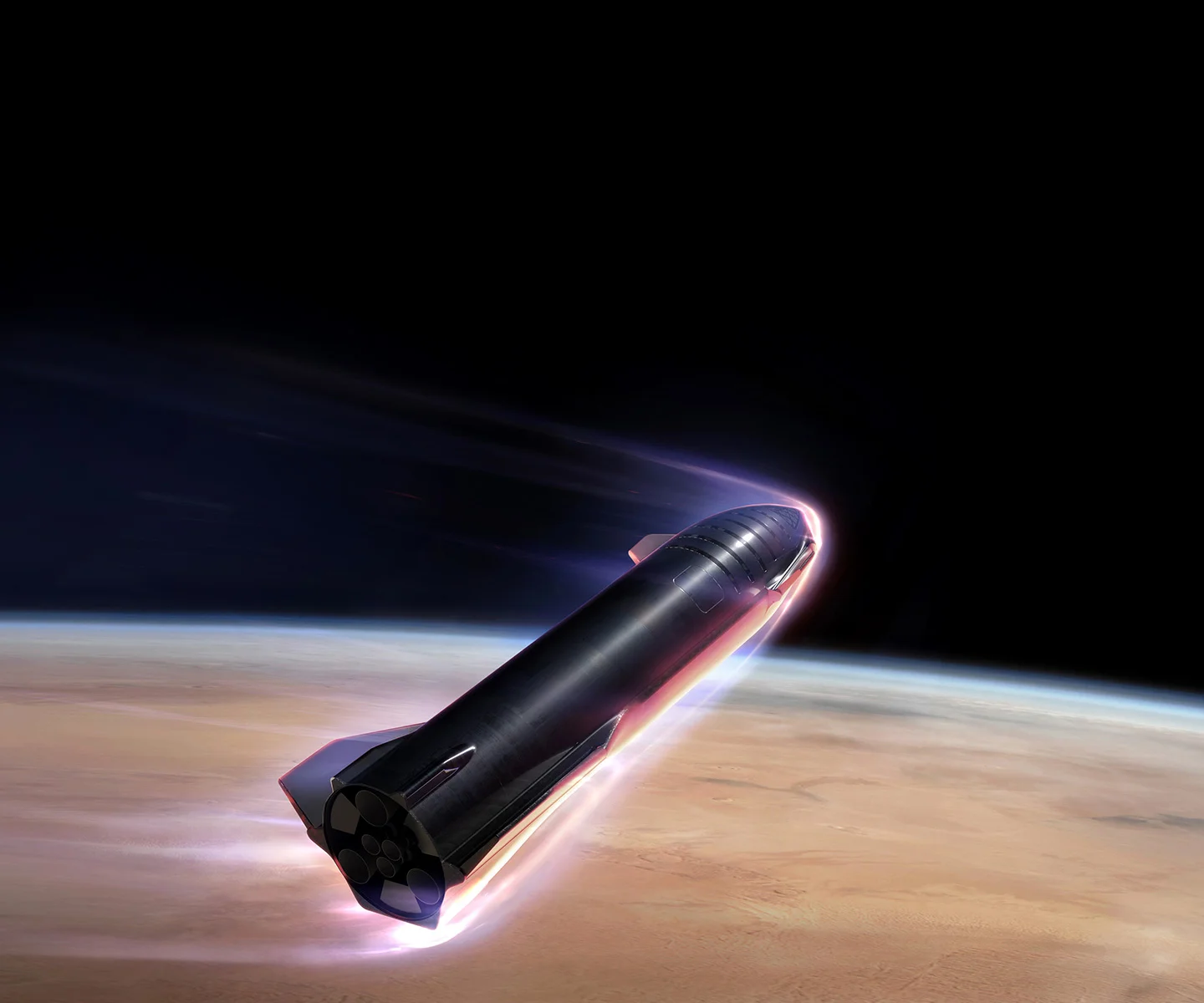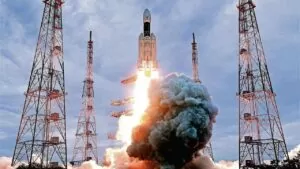Space X is a culmination of entrepreneurship evolution. There are many people in history who have transformed industries. Edison did this for electricity and provided us with many home appliances we all enjoy today. Ford made the automobile affordable and widely used. Alexander Graham Bell got us all connected with his telephone. These entrepreneurs created or changed the industry which they were focused in.
Today, however, we can marvel at a multi-industry innovator. Elon Musk has successfully pushed the boundaries of not one, but many industries – digital banking, solar power, and electric vehicles. These days Elon is about to revolutionize the Internet with the Space X Starlink program. Each of these endeavours was a game-changer. Each of these will influence the lives of everyone in the next decades.
Of all innovations which Elon has brought us, the most influential ones are from his company Space X. The culmination of these comes with its latest Starship. Here are the top 10 facts about this humanity-changing project:
1. Reusable: SpaceX
When Space X was launched back in 2002 its main mission was to reduce the cost of space transportation. Today we can easily state that this was successfully achieved. By reducing the cost of getting to space, Space X facilitated the rejuvenation of space exploration. Probably the most important cost-saving feature of all Space X rockets is their reusability. The most expensive part of the rocket – its boosters are successfully guided back to Earth, once they get their payload to space. The Super Heavy booster of Starship will be the largest of its kind engineered to return back to the launch site for its next mission.
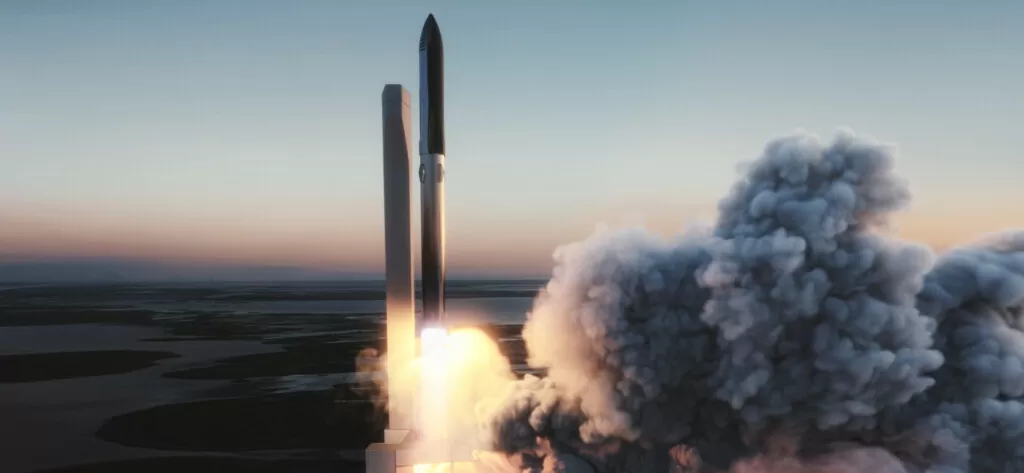
2. The Starship System
Starship is actually the common name of the Starship man-carrying capsule and its powerful Super Heavy boosters. Together they form what is known as the Starship system.
The Starship capsule itself is 50 m (164 ft.) long and 9 m (30 ft.) in diameter. It is intended to carry cargo and/or crews to orbit, the Moon and potentially to Mars. This is also its novelty. The Starship is both the “second stage” of the craft, but also its long-duration spacecraft.

3. Super Heavy
The boosters (the “first stage”) of the Starship system are the Super Heavy. Its diameter is again 9 meters (30 ft.), but its height is already 69 m. (230 ft.). The boosters are able to return to the launch site and land back on their six legs.
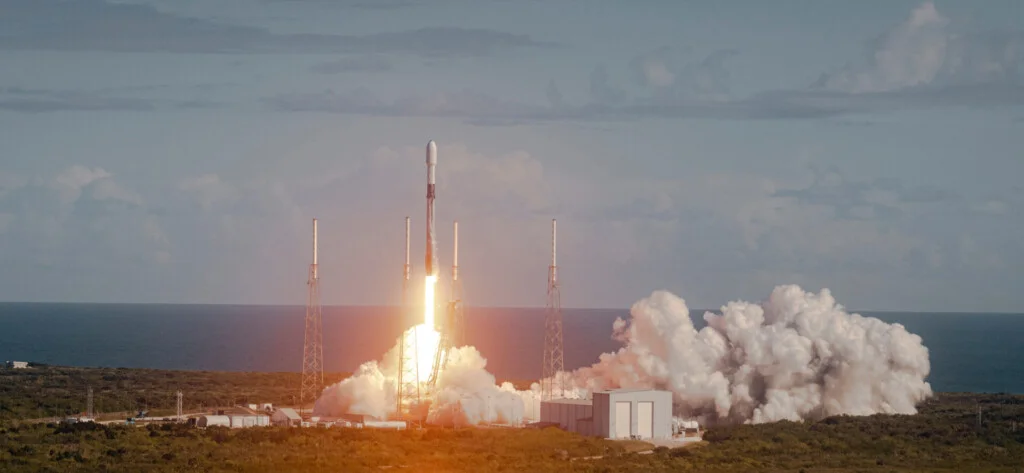
4. Tallest
The combination of the Super Heavy boosters with Starship perched on top is the tallest space vehicle constructed ever. It measures just shy of 400 feet or 120 meters. The craft towers over its closest 363-foot competitor – the Saturn 5 used for the Apollo missions to the Moon back in the 1960s and 1970s.
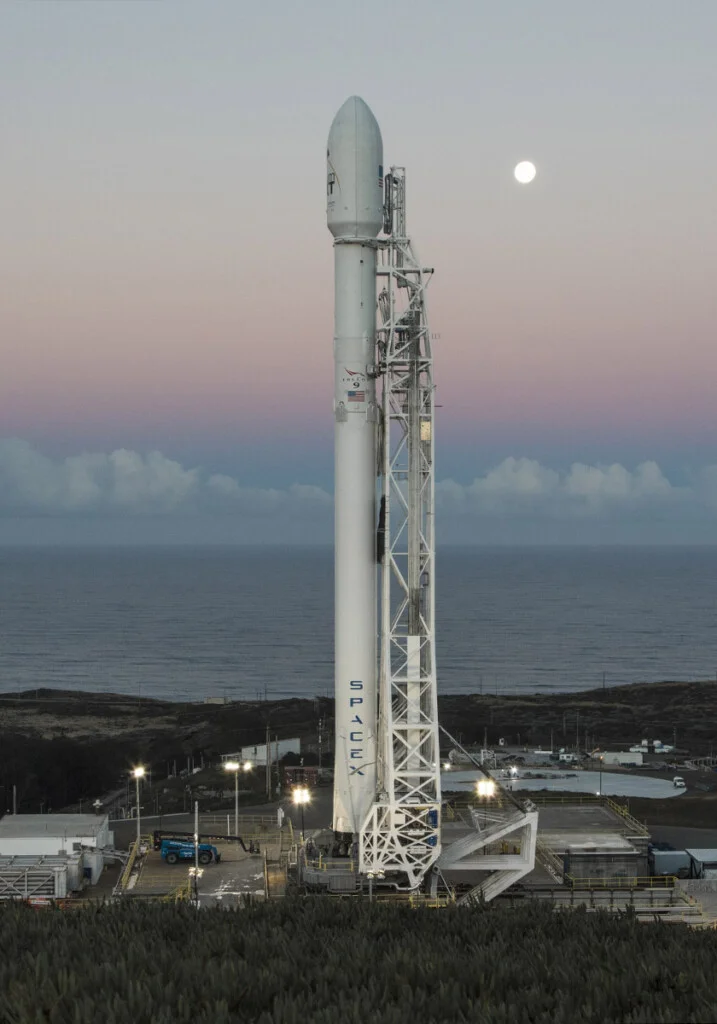
Read Also : Top 10 Beautiful Extinct Animals
5. Powerful Space X
The starship will be the most powerful rocket ever, it is can carry more than 100 tons of payload to Earth’s orbit. The payload may be cargo or crew alike. Such thrust will enable the return of humanity to the Moon, reaching Mars and venturing beyond.
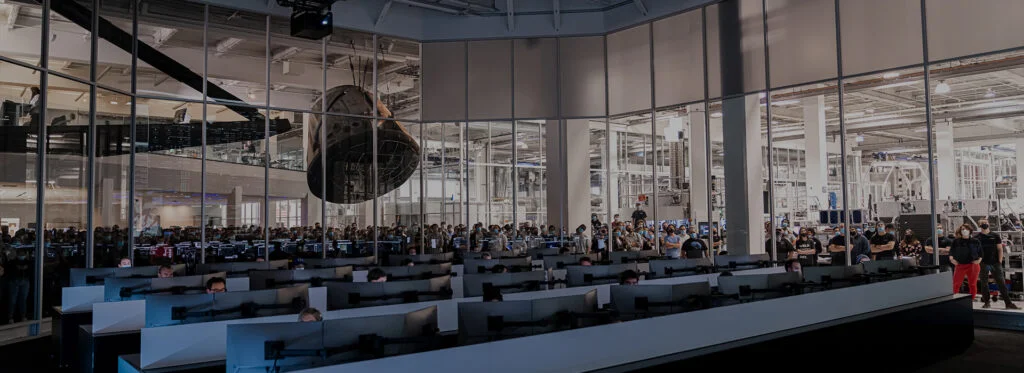
6. Efficient Space X
With its massive size and record-breaking loan-bearing capacity, the Starship will provide the most cost-efficient space-faring service in the World. This creates exciting possibilities for new missions in orbit, the launch of bigger space telescopes, and of course manned missions to other objects within our Solar system.
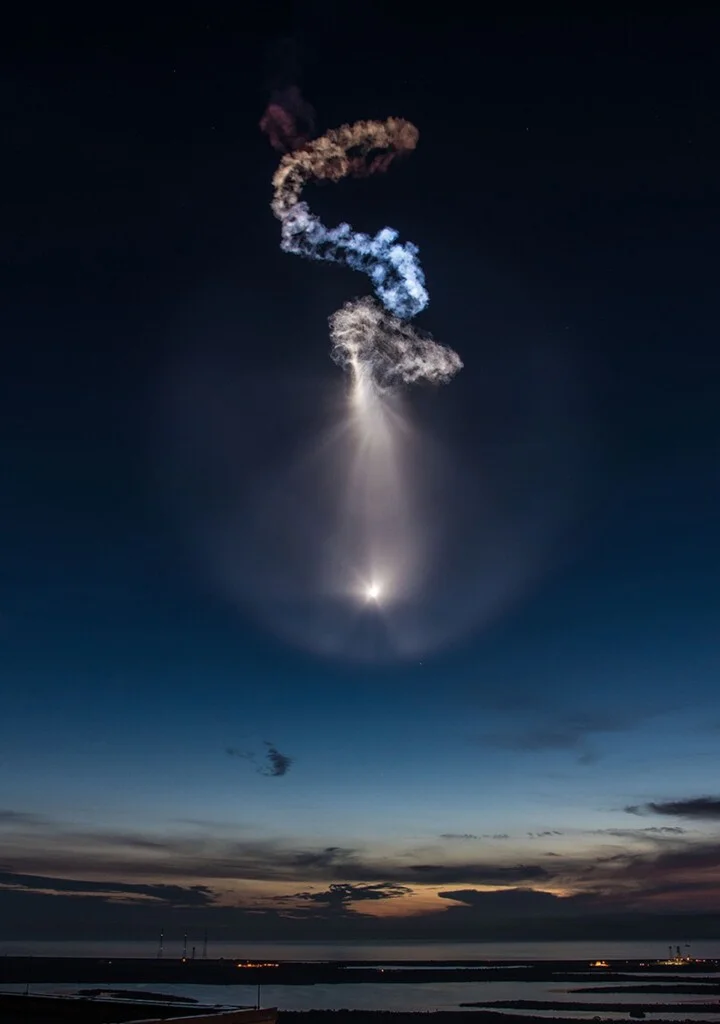
Read also : Top 10 Inventions Yet to Come to Cure the Incurable Diseases
7. SpaceX Moon missions : SpaceX
Following the initial orbital flights of Starship, NASA is planning to use the craft to reach the Moon. The return of man on the Moon is planned as early as 2025. Way before that, however, as soon as 2023 Starship will carry the Japanese entrepreneur Yusaku Maezawa to a fly-by week-long mission to the Moon. This is the program “dearMoon”.
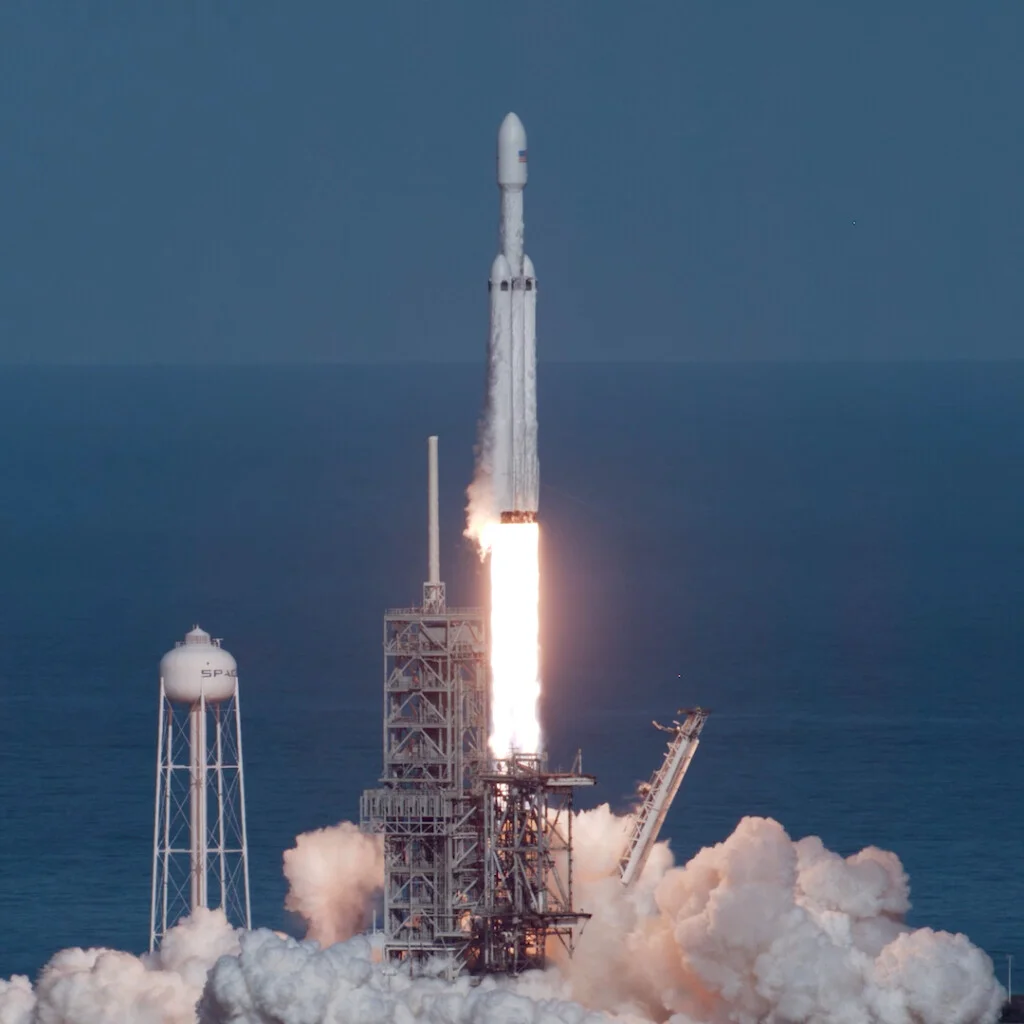
8. Interplanetary :SpaceX
Most rockets developed until recently targeted reaching Earth’s orbit or eventually our own natural satellite – the Moon. Starship is the first vehicle designed for interplanetary voyages. Initially its aim is Mars. This will fulfil the dream of the founder of SpaceX (and many others’) of humanity becoming an interplanetary species.
Cargo missions will precede crew missions to Mars. The first cargo missions of Starship to Mars will be possible in 2024. The earliest manned mission to the red planet will take place in 2026.
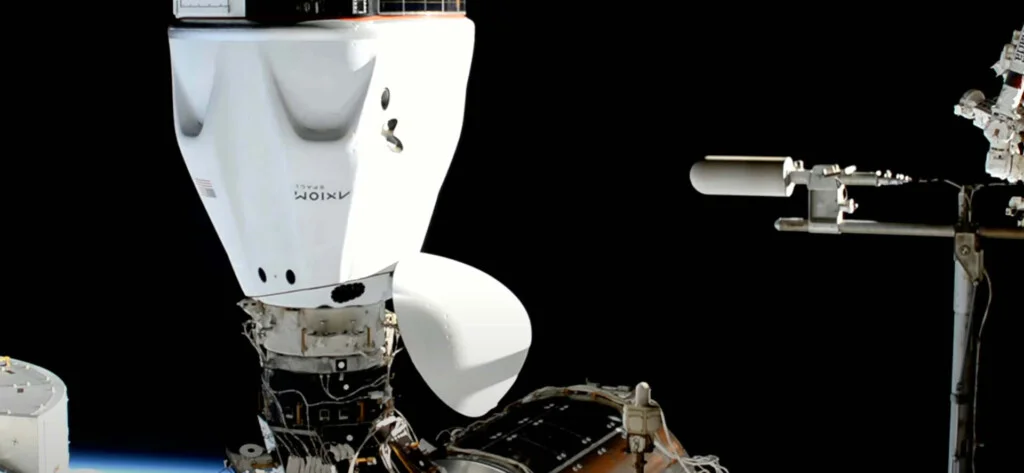
Read also : The Future of Marketing
9. Space X:Lift Off
The current Space X launch schedule is to have lift off of Starship from its SpaceX Texas facility near the Boca Chica village in May 2022. This is entirely dependent on the Federal Aviation Administration (FAA). It will need to issue the license for the launch of the craft. The launch date was already postponed twice due to “lengthy consultation and coordination process”, as stated by the FAA.
In case of additional delays, the Space X launch could be moved to an alternative location. The potential backup launch site of Starship is the Kennedy Space Center. The company currently uses Cape Kennedy for the launch of its Falcon 9 rockets and its SpaceX Dragon astronaut capsule.
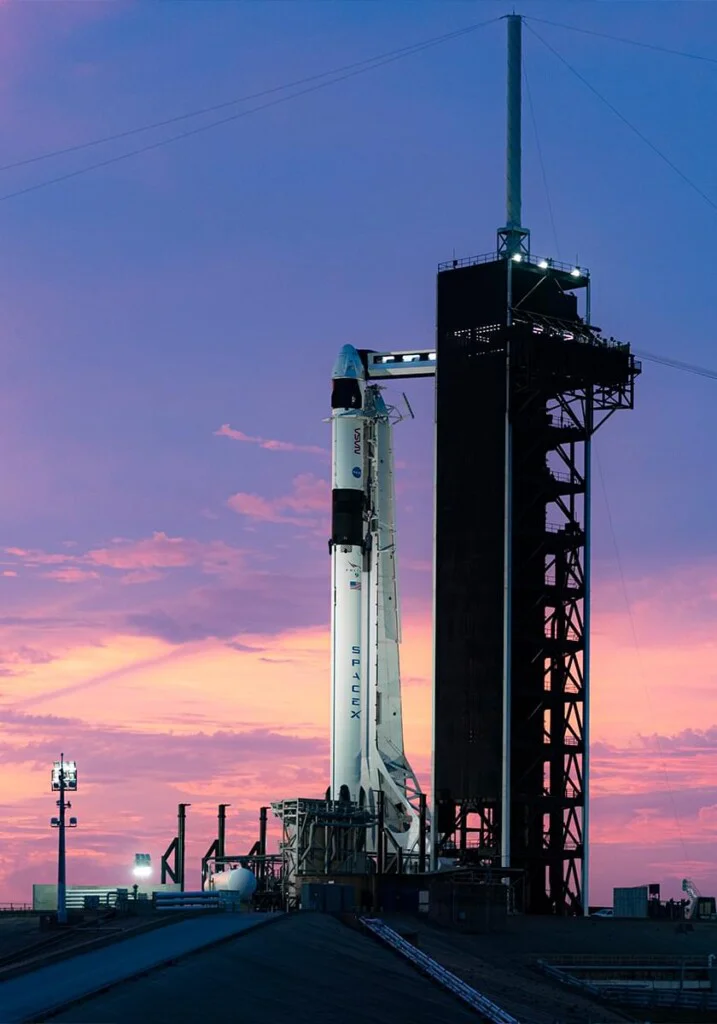
10. Space X IPO
With so many successful missions in the past and an impressive array in the pipeline, SpaceX is a magnet for investors. Sadly, however, there has never been a SpaceX IPO. Even sadder is the fact that such is not planned any time soon. SpaceX is privately held and no SpaceX stock is available on the market.
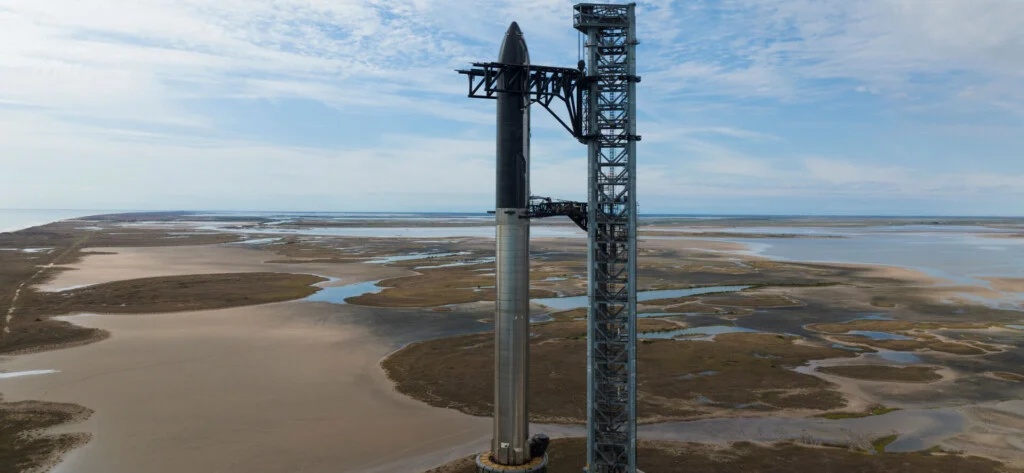
Conclusion
Although the Starship is the culmination of more than 60 years of space-flights it is not the end of the road. The Starship is rather the beginning of a new era of space missions. For the first quarter of 2022 SpaceX has launched roughly one craft per week. Armed with the Starship Elon Musk plans to quicken this to one launch per day! This will be necessary to both carry the Mars colonists and the equipment and supplies they will need to Mars.
Starship is making the dreams of both professional astronauts, scientists and normal people of reaching for the stars possible, feasible and realistic. Undoubtedly humanity is on its way to become an interplanetary species.
Thanks, Elon!
Don’t forget to read more articles here.

